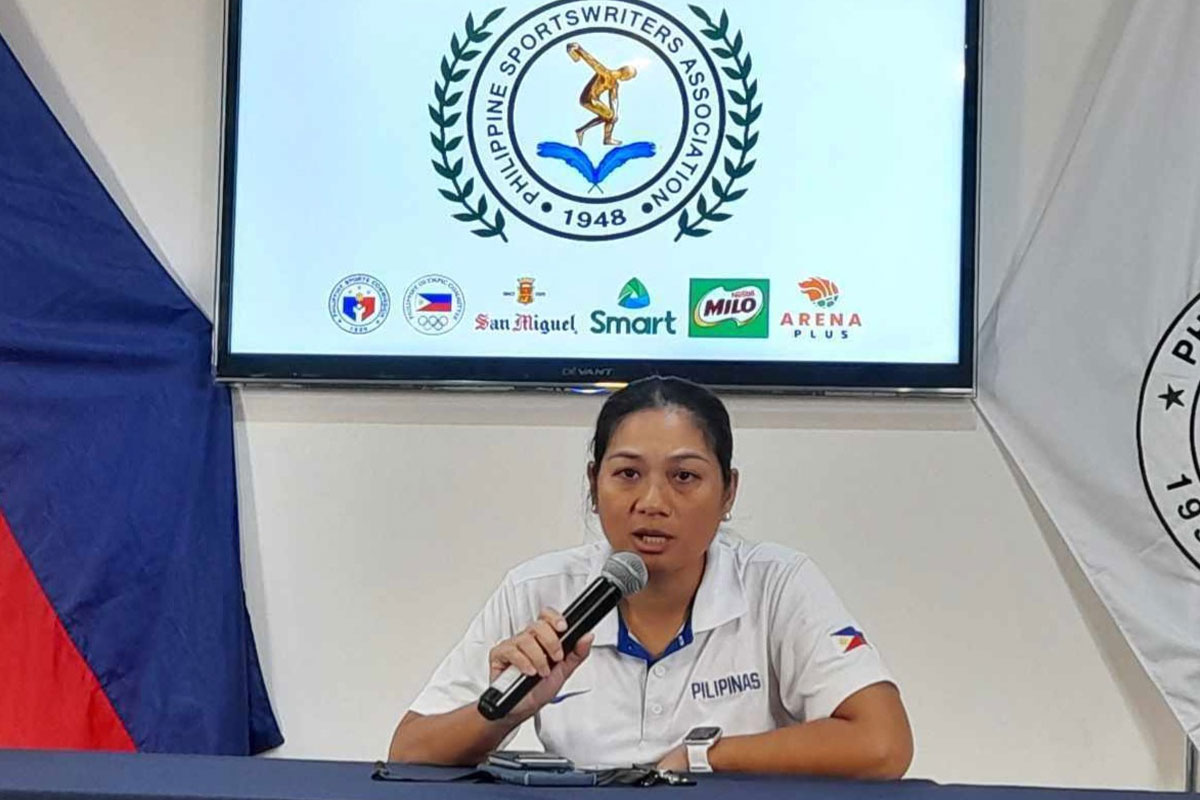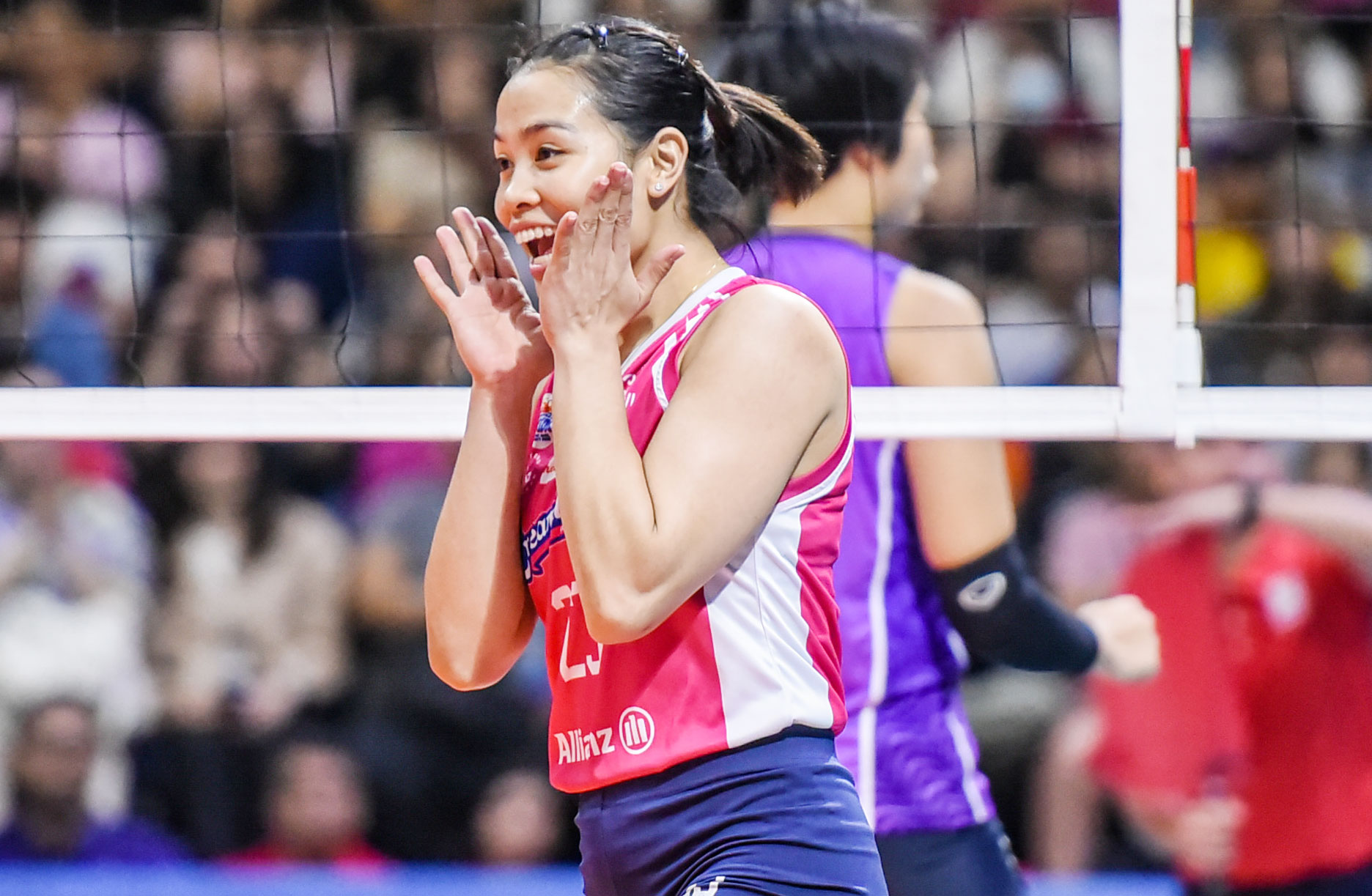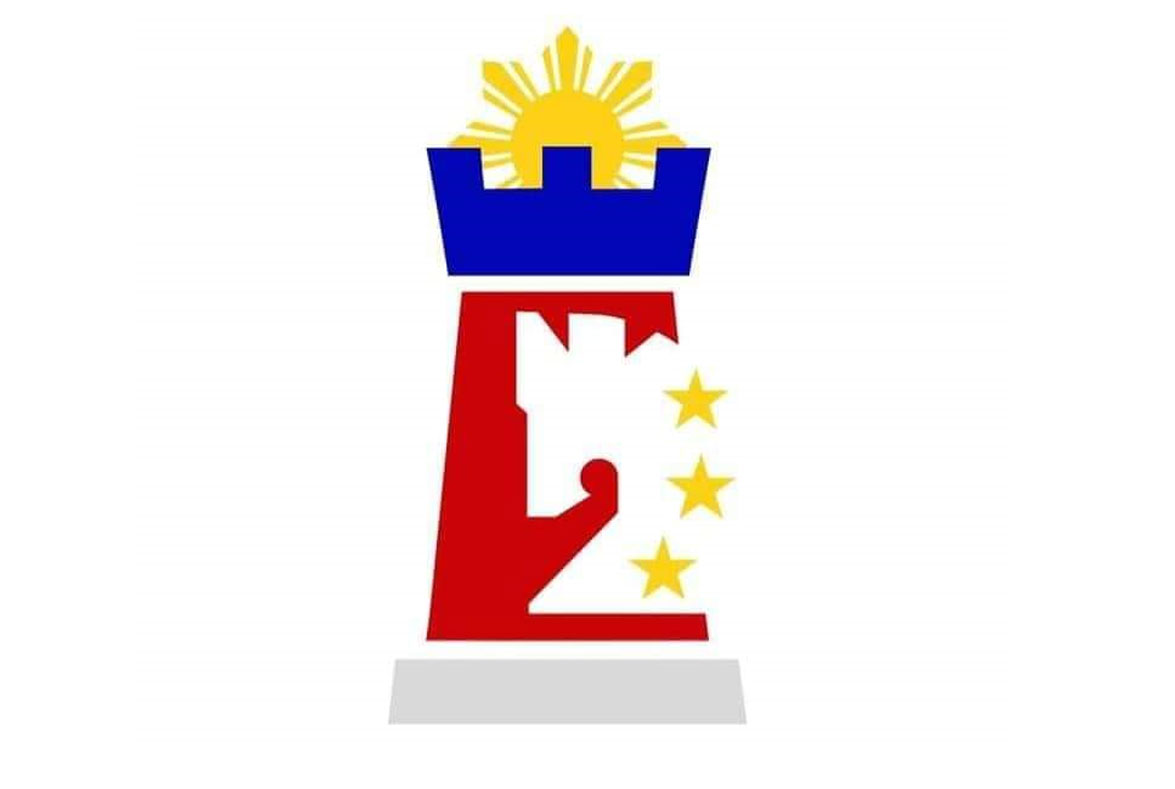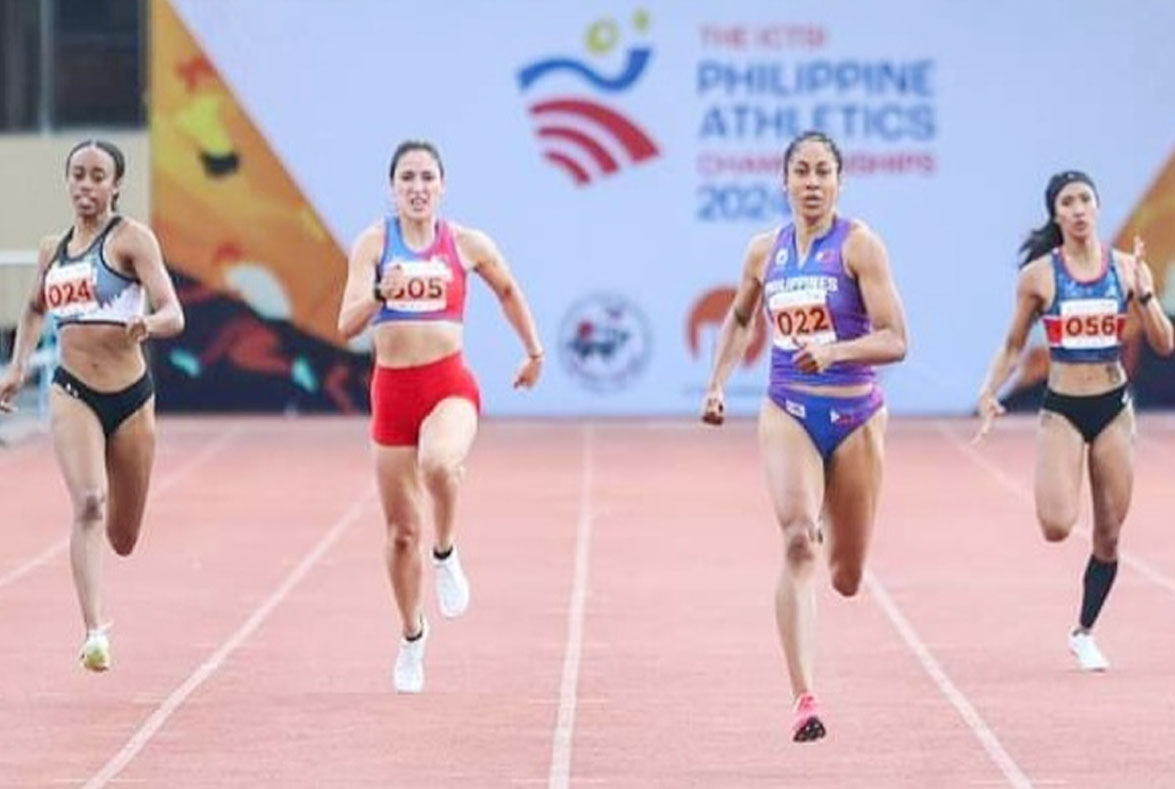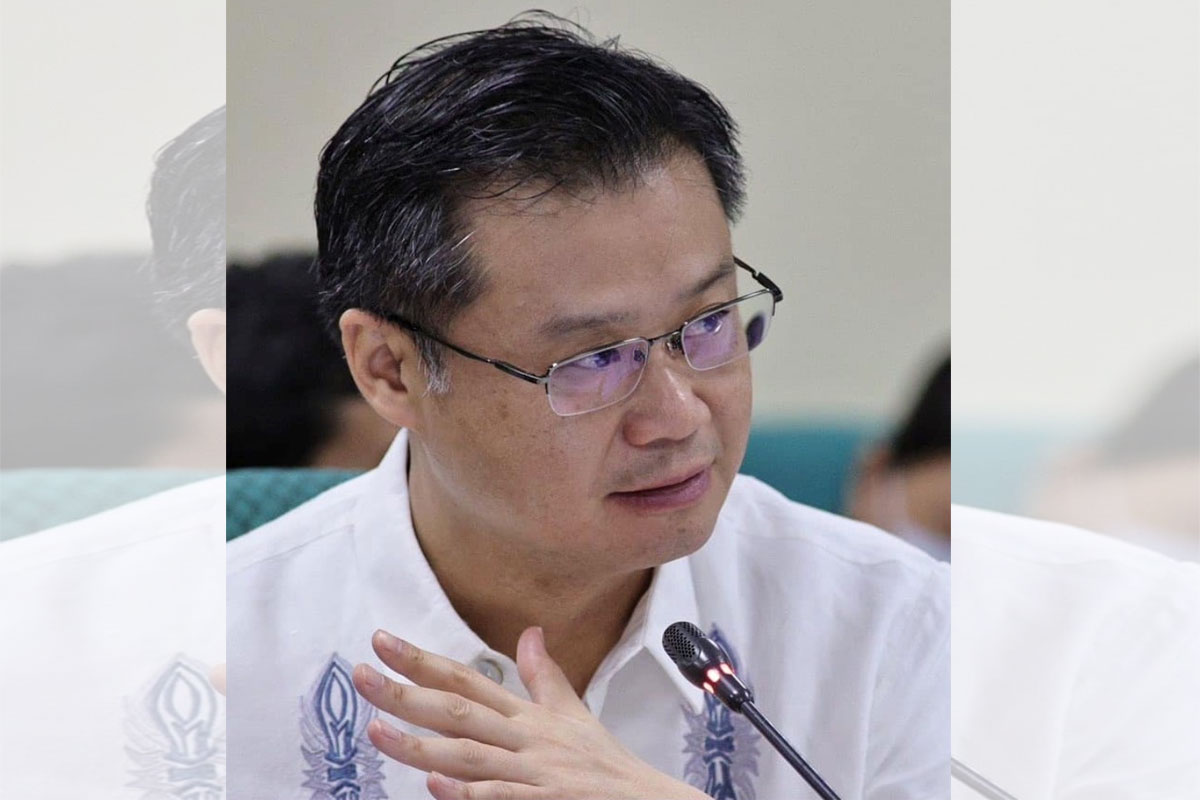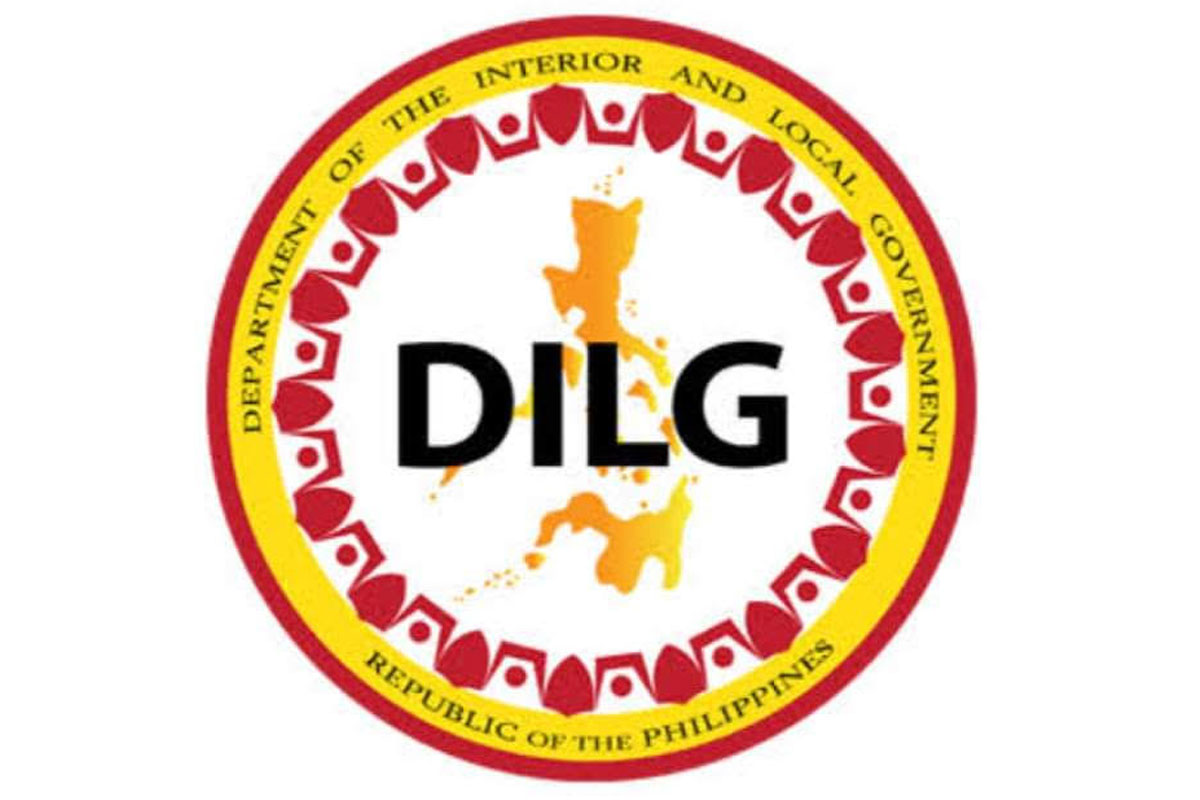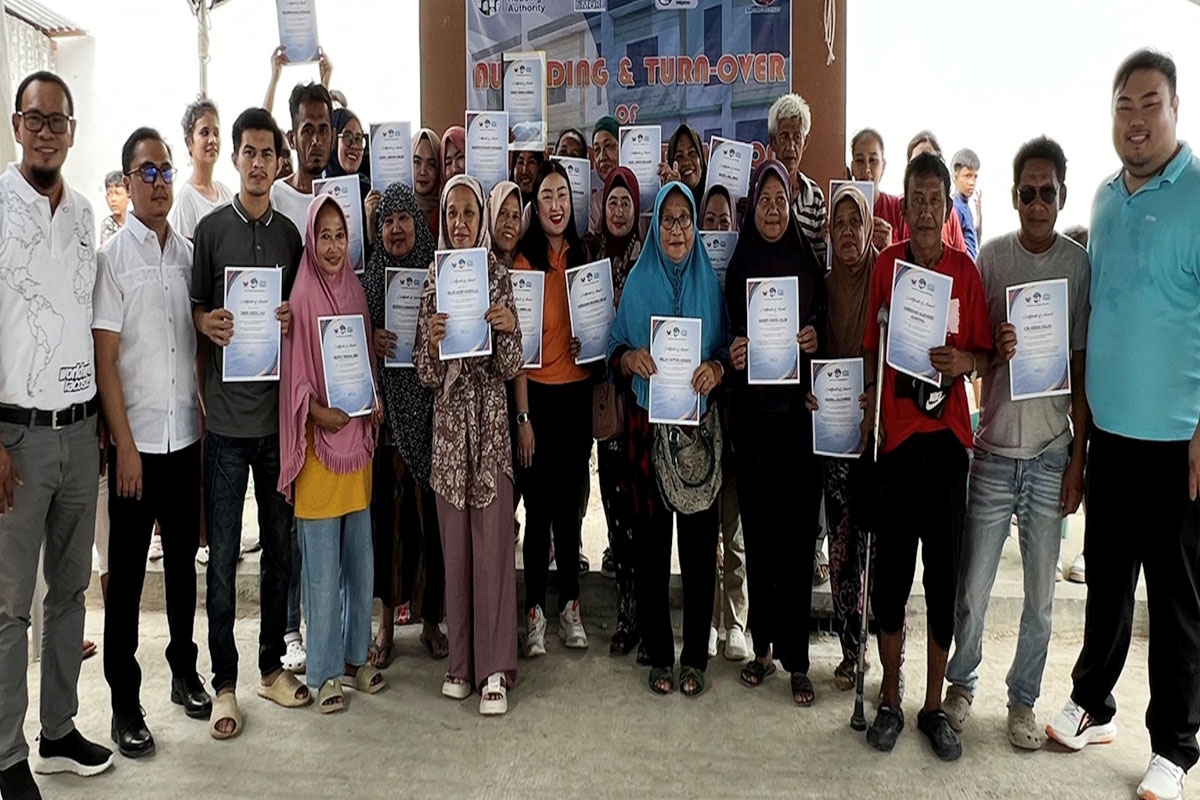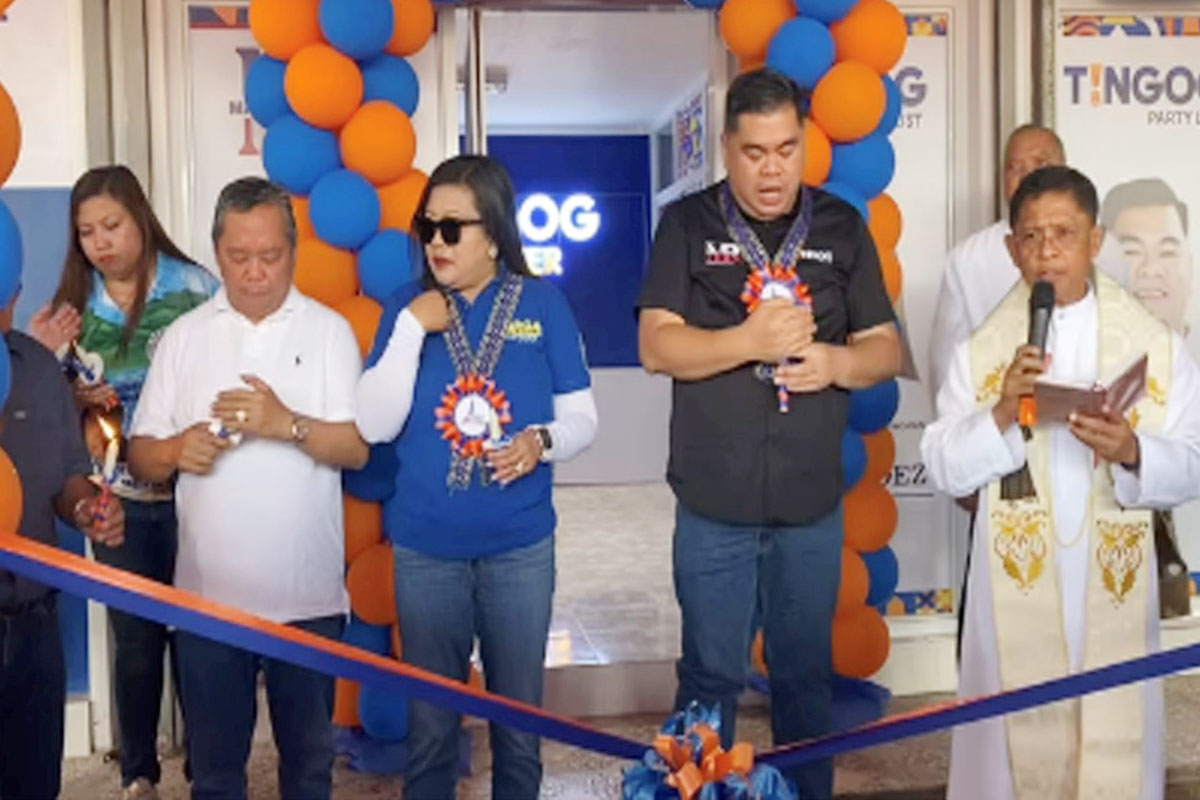
Replicating Marikina bamboo projects to solve flooding woes
THE 20-hectare Karugo and 10-hectare Puray bamboo projects in Marikina Watershed must be replicated nationwide to prevent flooding.
This was the proposal of the Philippine Bamboo Industry Development Council (PBIDC), saying that replicating the said projects can now be implemented in every town in the country since it is now coordinating all bamboo projects and agencies.
PBIDC Vice Chairman Deogracias Victor B. Savellano disclosed that the Karugo and Puray bamboo projects in Montalban, Rizal are an “ideal multi-agency collaboration that involves a minimal budget.”
“Our best examples (for bamboo propagation) are those in Puray and Karugo. It’s something that’s not difficult to do. It is a joint effort between the government, Rotary International, Indigenous People (IP), and the community. It’s a beautiful model that should be replicated all over the Philippines,” said Savellano.
Rotary raised a minimal P1.5 million in district grants for the Karugo project.
Savellano also disclosed that the “Kilusang 5K” (Kawayan: Kalikasan, Kaunlaran, Kabuhayan, Kinabukasan), which he founded, has supported the organization of Puray and Karugo projects.
The bamboo propagules planted in 2022 in Karugo are estimated to multiply 142,000 bamboo culms in five years and 228,000 culms in eight years.
The PBIDC has adopted the Montalban projects for its own collaborative, cost-effective model.
PBIDC Executive Director Butch Madarang, on the other hand, said that they tapped the two community-based projects to establish nurseries and do plantation development.
“Using the convergence formula through consultation with different agencies, we’re able to engage everybody. We have an inclusive perspective. Our formula is to tap different agencies’ resources,” Madarang said.
The Department of Environment and Natural Resources (DENR) identified the project site as the lead collaborator, while the Kilusang 5K tapped the Philippine Bamboo Foundation and Bamboo Professionals In. to train on bamboo propagation the Indigenous Peoples (IPs) belonging to the Samahan ng Kawayan sa Karugo Agri-Farmers Association (SAKKAFA) and Tribal Council Assn. of Puray Inc. (TCAPI).
Instead of planting hardwood which takes 10-20 years to harvest, bamboo was chosen as it is harvestable in three years, generating income for the community.
More so, bamboo plants are climate disaster fighters. At four years old, bamboo has been proven to absorb 500 kilos of carbon dioxide yearly.
It generates 300 kilos more oxygen per year compared to other trees. Bamboo plants hold more water than other trees, helping prevent erosion and flooding. It has a high survival rate due to endemicity and maintenance care.
The 10-hectare Puray project is now generating a P300-per-day income for farmers who do pot for growing seedlings. While generating income from selling seedlings, the vision for the bamboo projects is to produce commercially viable products.
“We should venture first on basic products (before going to high-end sophisticated bamboo products like composites, fibers, and engineered bamboo). For me, I will be happy enough if we’re able to produce bamboo chopsticks and barbecue sticks, which we are importing even if we have many bamboo culms nationwide,” said Savellano.
The Montalban projects are really part of the bigger Upper Marikina Watershed Project (five municipalities/cities in the Sierra Madre mountains). It covers an estimated 26,000 hectares. It is envisioned to address persistent flooding in Marikina and Metro Manila as a whole.
The watershed also protects the Wawa Dam, which is capable of producing water for 500,000 households.
The Marikina watershed, while declared a protected area, has been extensively plagued by illegal logging, highly-destructive quarrying, and illegal settlement. These have worsened the state of flooding in Metro Manila.


